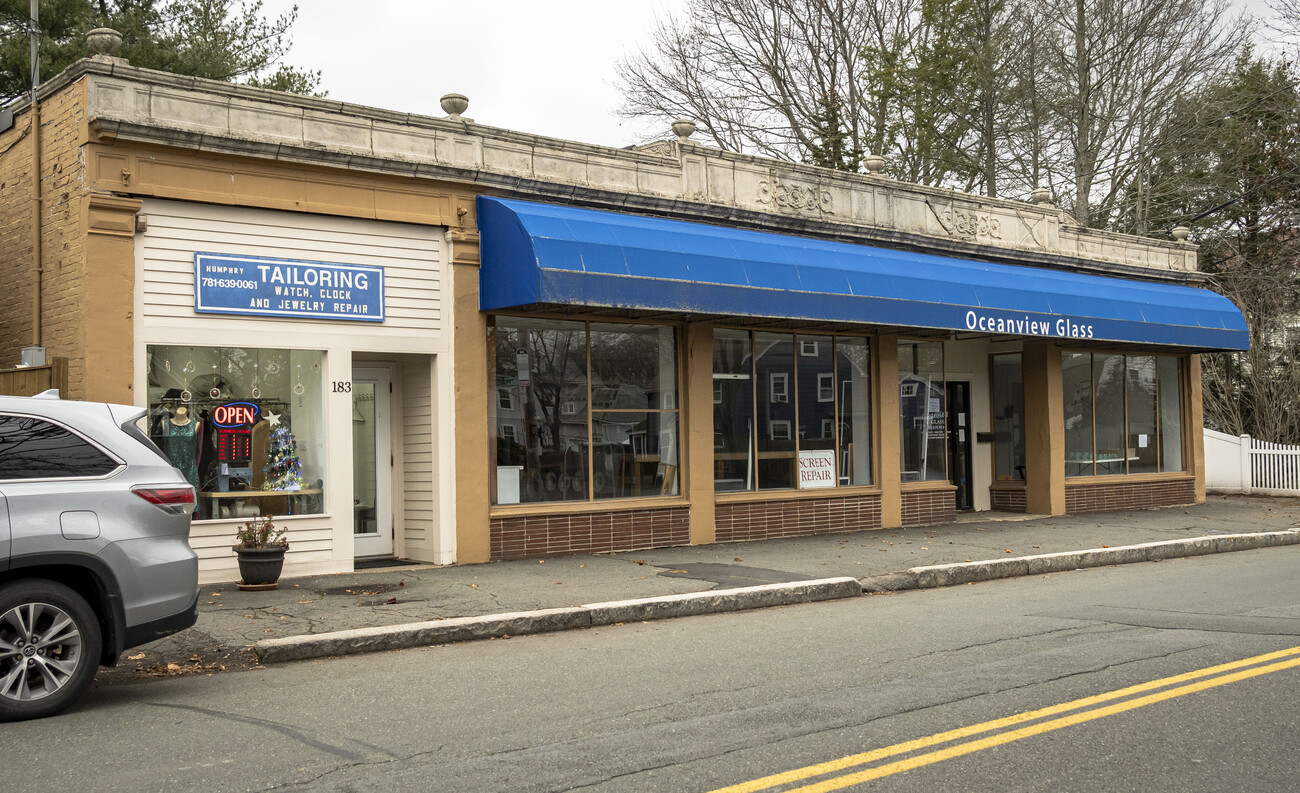When you think of the various commercial ventures undertaken by Marbleheaders, you likely think of seafaring, shoemaking, fishing, and maybe farming. But like any other aspect of society, businesses also change and modernize.
Around 1927, the Sevinor Block was built. The Sevinor Block is not a particularly unique building, but it is important. It is a “one-part” block, as characterized by Richard Longstreth, professor of American studies at George Washington University.
Funnily enough, in order to explain a one-part block, I must first explain what a two-part commercial block is. Two-part commercial blocks are mixed-use buildings, particularly those where the ground floor is retail or some other business and the upper floors are residential. One-part commercial blocks are buildings where the bottom level is commercial and the upper floors are, well, nonexistent.
These structures are typically smaller, with a flat facade made up of large windows to show the space inside. The frontage, or the space between the building and the end of the property (in this case, the sidewalk or street), is often minimal. A small frontage was meant to appeal more to those passing on foot, though Massachusetts Cultural Resource Information System (MACRIS) documents state that these blocks were also popular in areas with public transportation such as streetcars and trolleys.
According to Longstreth’s article “Compositional Types in American Commercial Architecture,” “the type appears to have emerged during the mid-19th century as a means of imparting urban overtones to new communities and to rapidly developing service nodes in outlying areas of older settlement” (Nodes are community or society centers outside of a city).
According to MACRIS, these blocks were sometimes called “taxpayer blocks,” as their construction served as a way to gain property taxes on otherwise empty land. Originally, these blocks would be developed further, but many remain one-part to this day.
The name of this block, Sevinor, comes from the former owners of the building. After the death of farm-owner Nathaniel Bartlett and later his son William, their heirs decided to subdivide the property in 1883. The subject location was a corner of lot 1.
After this lot was further subdivided, Ralph and Ida (née Davidzon) Sevinor purchased a plot of land. Ralph and Ida were born in what is now Vilnius, the capital of Lithuania. Ralph was a Yiddish speaker who immigrated in 1903 and naturalized 10 years later.
Ralph was something of a real-estate mogul, often appearing in the real-estate section of The Daily Evening Item and other newspapers. MACRIS cites an edition of The Boston Daily Globe, which calls him a “developer and builder who is meeting with marked success.”
Nearly a century later, this (still) one-part block is now home to Oceanview Glass and Humphrey Tailoring

